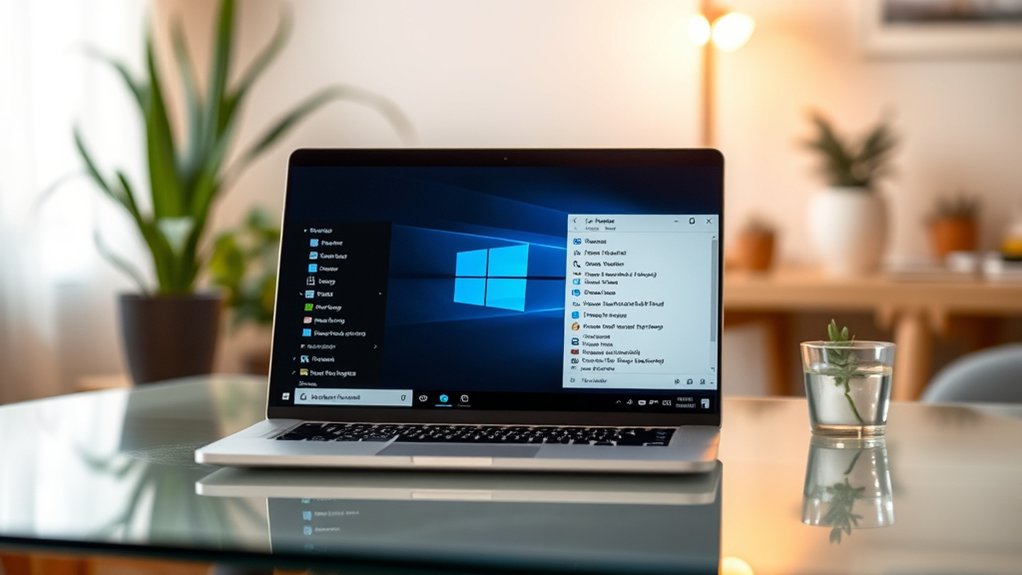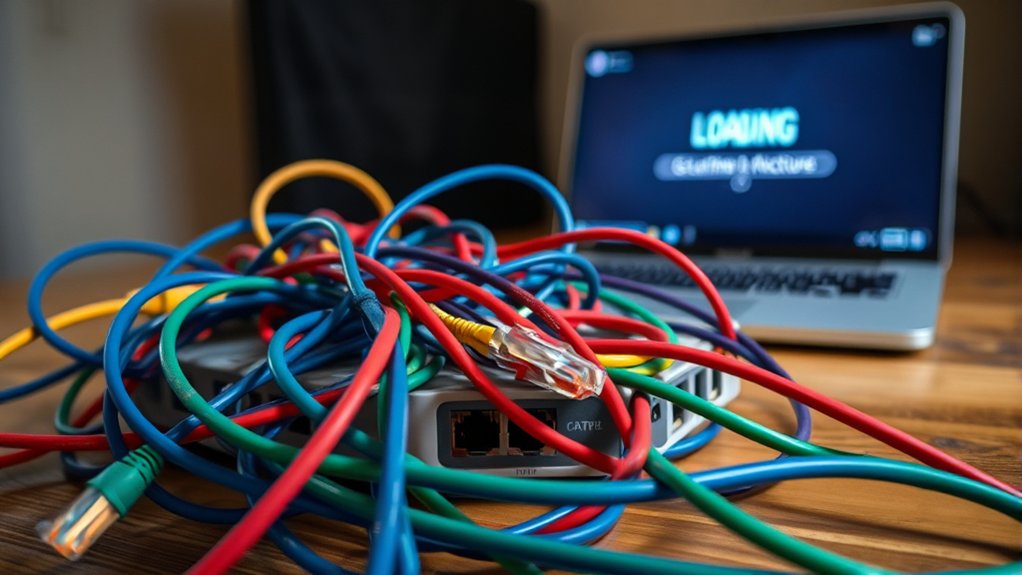To disable Windows 10 Copilot for improved privacy, users can modify the Windows Registry. This involves maneuvering to HKEY_CURRENT_USER\Software\Policies\Microsoft\Windows, creating a key named “WindowsCopilot,” and setting the DWORD value “TurnOffWindowsCopilot” to 1. It’s important to replicate this change in HKEY_LOCAL_MACHINE before restarting the system. Disabling Copilot can prevent data collection and protect sensitive information, optimizing system performance and security. More detailed methods and considerations are available for those seeking further guidance.

Disabling Windows 10 Copilot has emerged as a consideration for users aiming to improve their privacy and optimize system performance. The feature has been criticized for its extensive data collection and broad permissions, which can raise security risks. Users often express concerns over the intrusiveness of AI-driven suggestions, prompting a desire to minimize interaction with such tools. To address these concerns, several methods are available for disabling Copilot. Users can manipulate the Windows Registry by traveling to specific paths and creating designated keys to turn off the feature. For instance, accessing HKEY_CURRENT_USER\Software\Policies\Microsoft\Windows involves creating a new key named “WindowsCopilot” and setting a DWORD value titled “TurnOffWindowsCopilot” to 1. This process should be mirrored in HKEY_LOCAL_MACHINE before restarting the system to apply the changes.
Moreover, disabling Copilot assists in maintaining user privacy by preventing data collection and protecting sensitive information. Additionally, using software like real-time threat detection can further enhance the security of users’ data. Conversely, third-party tools like DoNotSpy11 and custom registry files provide simplified solutions for users less familiar with registry editing. Disabling Microsoft Copilot has shown potential benefits for system performance. One notable effect is the reduction in background processes, which can improve system speed and reduce memory consumption, particularly beneficial for older hardware. As resources are conserved, users may notice fewer system crashes and improved overall control over their computing environments.
Nonetheless, it is crucial to recognize that although disabling Copilot limits certain inputs, it does not completely eliminate data collection by other Windows components. In addition, registry modifications require caution; improper changes can lead to system instability. Users must also consider that even after disabling Copilot, potential reintroductions of the feature through future updates could occur. Regional variations play a role in the availability and functionality of Copilot settings, influenced by local regulations regarding AI tools.
Frequently Asked Questions
What Is Windows 10 Copilot?
Windows 10 Copilot is a feature designed to improve user productivity through task automation and content generation.
It integrates with Microsoft applications, including Outlook and Teams, providing functionalities like voice command support and analytical tools through Power BI.
Utilizing large language models, including OpenAI’s GPT-4o, Copilot raises privacy concerns because of its data collection practices.
Moreover, it utilizes neural processing units in modern CPUs to boost its operational efficiency and responsiveness.
Does Disabling Copilot Affect System Performance?
Disabling Windows 10 Copilot can greatly improve system performance.
Users report a noticeable reduction in resource consumption, particularly regarding CPU and memory usage. For instance, some users experienced a 15% increase in startup speeds after deactivation.
Furthermore, experts assert that background processes burdening older hardware are minimized, which may lead to improved stability.
Such modifications likewise mitigate potential security risks associated with data collection, aligning with users’ demands for a streamlined computing experience.
Can I Re-Enable Copilot After Disabling It?
Re-enabling Copilot after disabling is straightforward. Users must reverse the disabling process, such as by deleting the `TurnOffWindowsCopilot` value in the Windows Registry.
This method requires traversing to `HKEY_CURRENT_USER\Software\Policies\Microsoft\Windows` or `HKEY_LOCAL_MACHINE\SOFTWARE\Policies\Microsoft\Windows`.
Alternatively, users can toggle settings back through the Settings app or Group Policy Editor for compatible editions.
After any reversal, Copilot resumes usual operations without requiring additional configuration.
Will This Change Affect My Apps or Settings?
Disabling Copilot may impact app functionality, particularly those that utilize AI features. As documented by Microsoft, certain applications may experience reduced efficiency when AI-assisted capabilities are disabled, limiting productivity improvements.
For instance, collaboration tools that rely on context-aware suggestions could underperform. Data suggests that during security risks related to sensitive information are mitigated, users may face compatibility issues, reinforcing the need for informed decision-making before proceeding with disabling functionalities.
Is Copilot Present on Windows 11 as Well?
Copilot is truly available on Windows 11, serving to improve productivity with various artificial intelligence features. Users benefit from enhanced task management and streamlined processes.
Nevertheless, this functionality raises privacy and security concerns, as the tool interacts extensively with cloud services. Experts suggest that users review settings to manage functionality effectively.
Consequently, although Copilot offers advantages, its implications on user data merit careful consideration and proactive management.









